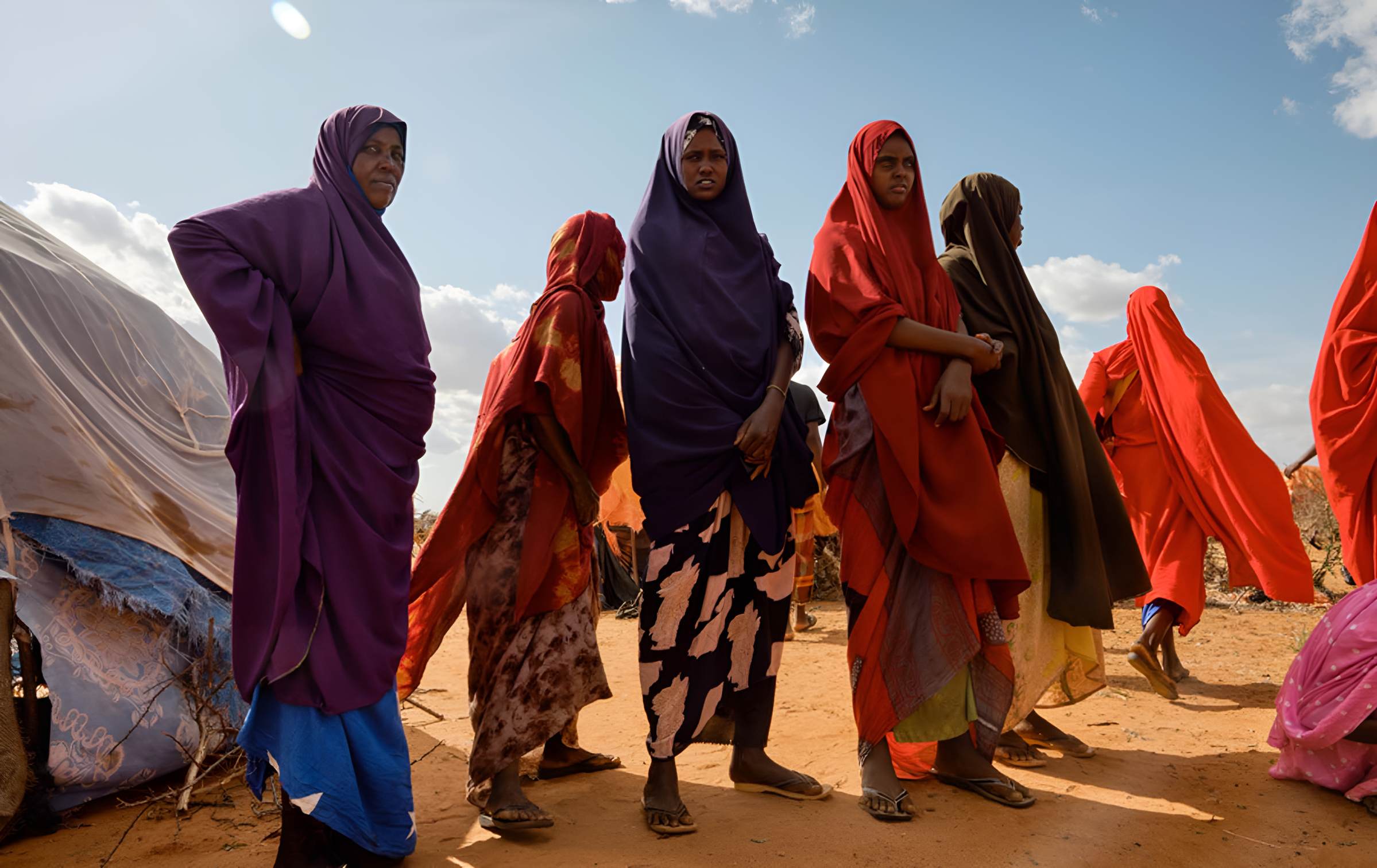Somalia aid crisis worsens for women and children

Somalia's humanitarian crisis has reached alarming new heights with one of the worst hunger crises in the world.
Somalia's humanitarian crisis has reached alarming new heights as the country grapples with one of the worst hunger crises in the world.
With millions of people facing severe food insecurity and funding continuing to dwindle, the situation for women and children has become especially dire.
By June, it is estimated that 4.6 million people will be severely hungry, and 1.8 million children under five are already severely malnourished, an increase from 1.7 million earlier this year.
Tragically, 479,000 of these children are at risk of death without urgent medical intervention.
As the need for aid intensifies, funding for essential food and nutrition programs remains shockingly low, forcing vital operations to scale back or close completely.
"We know that in crises like the one we are witnessing, women and girls are always the hardest hit," said Ummy Dubow, CARE Somalia Country Director.
"Every day, we witness heartbreaking stories, pregnant women skipping meals, children wasting away, and girls pulled from school to help their families. Without proper food and health programs, disease and death among women and children will rise, overwhelming already strained facilities," he said.
The current malnutrition crisis in Somalia is worsening faster than anticipated, exacerbated by seasonal challenges and the aftermath of the 2024 drought.
In the 21 hardest-hit areas of the country, the percentage of hungry people has risen to 36%, up from 28% earlier this year.
The number of people facing emergency hunger conditions has surged by 50%.
At the same time, the Somalia Humanitarian Needs and Response Plan is severely underfunded, with just 11.1% of the necessary funds secured as of May 12.
The food and nutrition sectors, critical to saving lives, have been especially neglected, with only 2.9% and 3% of the required funding received this year, respectively.
This lack of funding has forced many essential programs to close or reduce their operations, endangering the lives of vulnerable children and mothers.
The closure of health centers due to funding cuts means that families now face long journeys to seek treatment, increasing the risks of delayed care, stunting, and death.
Sucdi, a mother who witnessed the devastating effects of malnutrition on her child, shared her painful experience.
"I thought I had lost my child. But today, she is alive and as long as she is well, that is everything to me." CARE Somalia and its partners were able to provide life-saving care, but as funding continues to decrease, the ability to help others grows more limited.
The humanitarian community is struggling to meet the overwhelming needs of Somalia’s women and children.
Alinur Ali Aden, Executive Director of GREDO, highlighted the severity of the situation.
"We have been forced to stop life-saving programs that supported thousands of women and children. For many, this is a death sentence. Pregnant and breastfeeding women now face even greater risks of losing their lives and their babies without basic health and nutrition support," said Aden.
As Somalia continues to battle a deadly combination of conflict, climate change, and economic hardship, humanitarian aid remains a critical lifeline.
